Food trends will come and go for years to come. Whether it is low carb, keto, vegan or a low-fat diet, the choices are enormous, and it is hard to choose the correct nutrition plan.
Many diets are based on comparable approaches and differ solely in small details. All these different types of diets only make the decision harder.
For instance, I typically follow low carb and ketogenic eating, but it also entails a low carb and paleo approach.
Although the paleolithic diet seems a recent phenomenon, it has been about for many decades.
The idea is our Paleolithic ancestors and Stone Age hunter-gatherers, who lived from over 2 million up to 10,000 years ago only ate specific foods and is now what our human bodies require to function in an optimal state.
In our current day and age Paleo is currently a trendy topic. The fitness community is attracted to the idea of eating whole natural foods with plenty of meat.
Studies on the Paleo diet indicate it can aid in weight loss and the correction of metabolic dysfunction.
It can improve those with type 2 diabetes and help the reduction of blood pressure.(1)(2)(3)
A Paleo lifestyle can certainly help people in today’s society suffering from metabolic disorders and obesity. However, more long-term results, as well as research, is needed.
Here we will discuss what you can eat on Paleo, and beginners guide to this popular lifestyle.
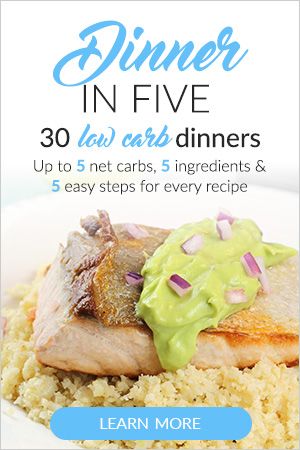
Living in the Stone Age vs. Modern Times
In times of the Stone Age, our survival was assured by wild plants or caught wildlife.
As we can see, these corresponding foods are also free in the Paleo diet. The only difference that we have modern kitchens for the preparation of meals and cooking.
You are of course welcome to use your modern kitchen appliances and accessibilities. Appropriate aids promote the easier cooking of our food.
Nowadays, we have a great variety of food that awaits us in all grocery stores. Of course, this range of food did not exist in the Stone Age.
We can buy any food we desire from all around the world a the press of a button.
Although it may not always seem the case, with all the choice of food, it is super easy to follow a Paleo lifestyle.
All we have to do is stick to our permitted food. If you have the opportunity to use local, or organic products, you should take full advantage of it. The fresher the food, the better.
There is also the speculation that we develop enzymes depending on the period.
That means we endure things considerably better during winter months that would typically occur in winter, with vegetables such as onions, spinach, or asparagus.
Then in the summer, we can tolerate foods that grow in summer, for example, berries, melons, or tomatoes. Anyone who follows a Paleo nutrition plan will develop a more natural diet by avoiding today’s fast food way of living.
Raw food enthusiasts only eat things that were lightly or not heated. This method also works well with Paleo, and you could even eat meat in this manner.
For instance, you can prepare thinly cut meats and sprinkle with lemon or lime juice.
Many common kitchen appliances can also cook foods gently at low temperatures.
It is important to select foods for which this form of heating is adequate. Some vegetables should be cooked to aid digestion and kill poisons.
What can you eat on The Paleo diet
As with any diet, the first compelling topic is what can I eat and what foods to avoid.
The Paleo diet is relatively simple and is based on foods found in the Stone Age with foods divided into categories.
Check our detailed list of foods for a Paleo diet for a quick reference of what you can eat and read more about types of meals to enjoy.
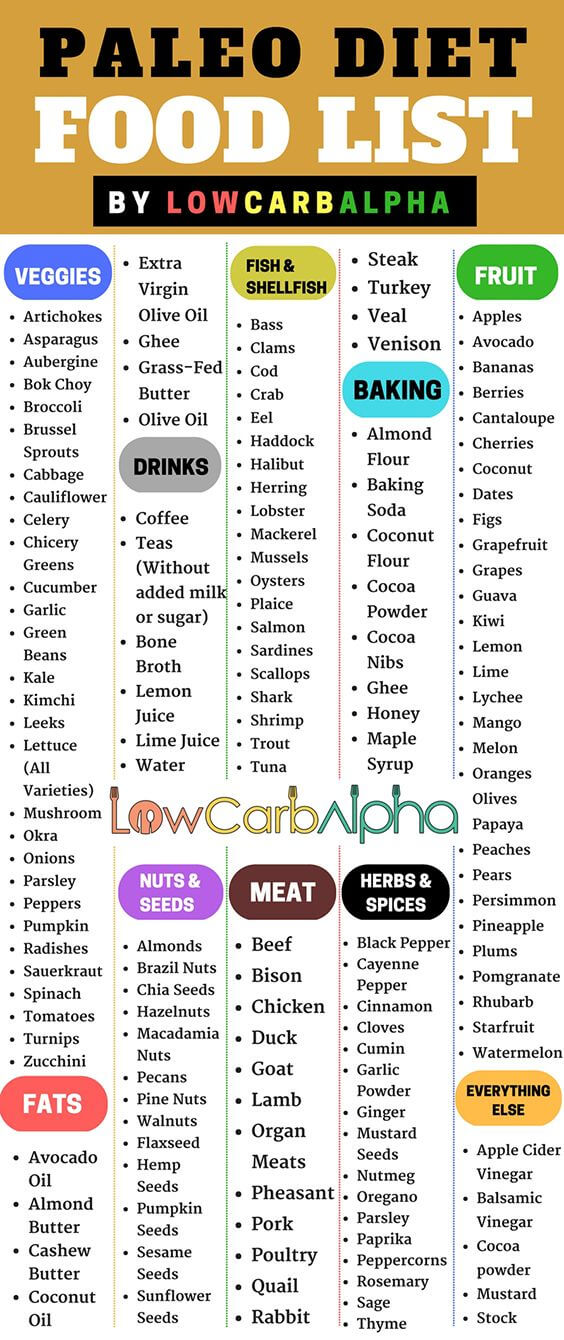
Fresh Unproccessed Animal Meats
Animal foods are one of the essential ingredients of the Paleo diet. They provide the bulk of your protein while supplying micronutrients to your body.
The type of meat products you can eat is vital to a Paleo diet.
For instance, you can eat the meat of good quality, unprocessed animals from natural surroundings that eat natural food such as grass.
Preserved meat products such as salted, canned, smoked or pickled, are a no-no on Paleo.
Since processed meat is a carcinogen, and potentially cause cancer, it is wise to avoid on any nutrition plan.(4)
Ideally, you should choose a mixture of dark and white meat while incorporating the fish, seafood, and free-range eggs in your diet.
Wild fish and Seafood?
In today’s world, overfishing, and destruction of habitats are pressing concerns.
Farmed fish contain antibiotics, chemicals and will ultimately affect the quality of fish you eat.
Caveman or Stone Age hunter-gatherers would have only caught wild fish.
When buying fish opt for wild-caught fish over farmed varieties. Wild seafood has the advantage that they are in their natural habitat under ideal conditions.
Eggs and cholesterol
Eggs contain valuable nutrients such as Vitamin A, B12, Vitamin D, E, calcium, iron, and magnesium.
It has the highest biological value of protein, therefore, is great for muscle building.
Eggs had a bad rap in previous years for its high cholesterol content. Although eggs can raise LDL cholesterol or bad cholesterol, the HDL or good cholesterol also rises.
It cancels each other out and maintains the cholesterol ratio.
Overall free range eggs play an important in increasing healthy omega 3 fats intake.
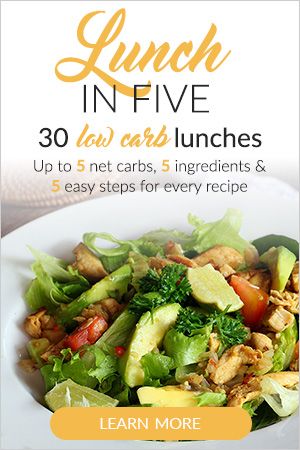
Healthy Fats
Healthy fat plays a significant role in Paleo and is similar to a ketogenic diet.
The primary importance of fatty acids is the ratio between omega-6 and omega-3 fatty acids must be correct with an ideal ratio of 4:1.
The most popular fruit and vegetable sources are coconut oil which contains medium-chain, saturated fatty acids (MCTs), avocado and olive oil (both unsaturated fatty acids).
You can obtain animal fats from the high-fat meat or fish itself such as salmon, grass-fed beef which both have high omega-3 content and organic chicken thighs.
Following a Paleo diet on its own does not explicitly target the condition of ketosis like the focus of a ketogenic diet.
Ketosis will occur naturally with a Paleo nutrition plan and will also support weight loss through eating natural and healthy foods.
Vegetables
Vegetables are essential for any type of diet you choose to follow.
Whether it is raw or partially cooked or fully cooked, you eat your vegetables on Paleo diet until you cannot eat anymore.
You can enjoy all types of veggies but avoid the starchy tuber vegetables such as potatoes and winter squash.
Too many carbs high in starch will also hinder weight loss efforts.
If you exercise regularly or have an active lifestyle, it is not something to stress over.
Eating raw or steamed vegetable will allow it to retain the most nutrition so try and avoid boiling whenever possible.
Nuts & seeds
Nuts and seeds are excellent for snacking and present the body with healthy natural fats.
Too much can throw off your balance of fatty acid as most nuts and seeds have high omega 6 content.
Remember peanuts on not on the menu since they are legumes, not nuts. For all peanut, butter lovers try switching to cashew or almond butter.
The taste is terrific along with the many health benefits.
Fruit
All healthy diets should include fruit at one stage or another.
Paleo is no exception, and you can enjoy berries, avocados, olives all you want.
You should be mindful to restrict fruits with high fructose content.
As with starchy vegetables, too much sugar can lead to insulin resistance and if your overweight, a much slower weight loss.

Drinks
Water is the primary drink you absolutely must drink. Water was our ancestor’s drink of choice; nothing compares to it.
Teas, coffee, and other drinks such as coconut water are fantastic beverages to consume daily. Beware of additives in store-bought teas.
With bulletproof coffee, although much debate as to whether it is Paleo is suitable for those wanting to load up on healthy fats. Making fresh coffee and adding coconut oil
or butter is great when you are in the morning rush.
Saving your bones and making bone broth also makes a wonderful drink.
Nutrients from bone broth help replenish your electrolytes and provide a plethora of vitamins and minerals.
Herbs, Spices and Sweeteners
Herbs and Spices will add a unique twist to all meals. For me, there is nothing worse than plain and bland food.
When buying store-bought products, keep an eye on preservatives and additives as they add up.
Avoid all processed sugars and try to use spices such as cinnamon, nutmeg to sweeten dishes.
Natural sweeteners such as whole dried stevia leaves are an excellent option to sweeten homemade desserts.
You can also use Stevia or erythritol drops. Be aware of natural liquid sweeteners go through an extraction process and is not 100% natural.
To summarise foods you can eat, your diet should provide you with all required nutrients, vitamins and minerals.
If you are concerned about nutrient deficiencies, then it is a good idea to take blood tests before trying out wild supplements such as ginseng or ashwagandha.

Low Carb, Keto, and Paleo
If we glance at the menu of paleo foods and compare them with the ketogenic checklist, it is remarkably similar but differences in a few areas.
The inclusion of many fruits from apples to watermelon is a significant distinction along with consuming little or no dairy products.
If you leave out the high glycaemic carb-heavy foods and reestablish dairy products, we would then have an adequate blueprint for a keto based Paleolithic diet.
A ketogenic diet is therefore compatible with the Paleo lifestyle. As people have many different opinions on certain foods, it is not immediately apparent with some foods whether they truly fit the Paleo system.
You still can enjoy all your favorite low carb or keto recipes while on Paleo.
Use products such as coconut oil, Coconut Flour
, flaxseeds for baking. Avoid honey and similar sugars on keto since you will get kicked out of ketosis pretty quickly.
Obtain sweetness from whole foods, herbs, and spices.
Turn to stevia leaves or other natural alternatives when you desire something a bit sweeter.
Starting a Paleo diet
If you want to begin a caveman Paleo diet, you should set a specific goal or strategy.
For the first month, you must eliminate all the foods not mentioned on the list for a paleo lifestyle.
It is extremely hard for many people to give up an abundance of foods that you enjoy on an everyday basis.
For most people, this includes all processed foods, junk or convenience foods. It is also wise to eliminate all sugar similar to a keto diet.
Reducing sugar will lessen your cravings for sweet snacks and treats.
Once you build up some confidence and decrease your bodies blood glucose and insulin, you will understand foods to avoid on Paleo lifestyle. Check out over 200 Paleo recipes if you are stuck on how to prepare meals.
Once you pass a month on strict dieting, you may then reintroduce various foods to your meals again.
For example, dairy products can cause well-known problems for the gut and digestive system.
Introduce yogurt or cheese and watch how your bodies reaction to them. If you notice any adverse symptoms of your digestion, it is probably signifying to go without these foods.
Another food group to reintroduce once passing the initial elimination phase are legumes.
If you wish to use legumes as a primary source of protein or you are vegetarian or vegan, feel free to include them once again and check for any adverse reactions.
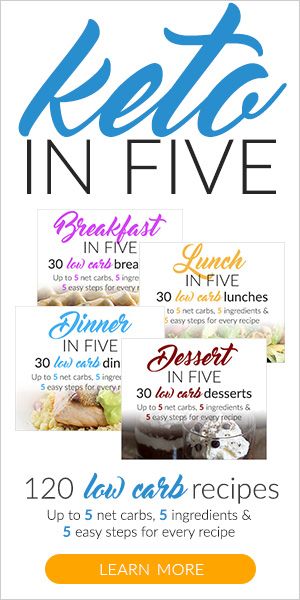
Conclusion
The Paleo diet is a well thought out nutritional notion, and the practice of eating healthy natural foods promotes a better lifestyle and well-being.
It keeps health problems under control and can even help reverse metabolic diseases.
As someone who follows a ketogenic diet, you can easily benefit from the Paleo nutrition.
If you wish, you can use the suggested foods from the Paleo diet food menu and cross it with a keto diet plan.
So here you have an example and list of natural foods suitable for a caveman or Stone Age diet while maintaining a low carb lifestyle.
What are your favorite meals to eat on a Paleo diet?

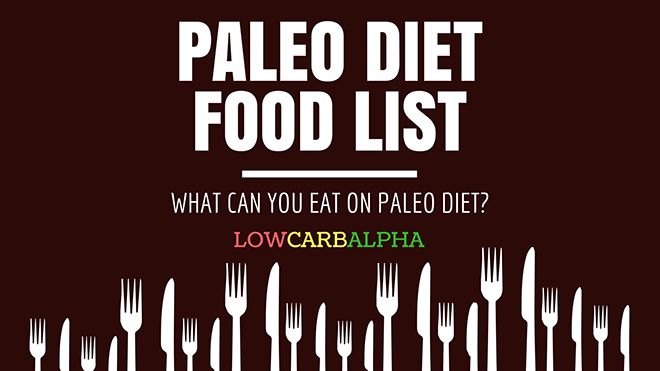


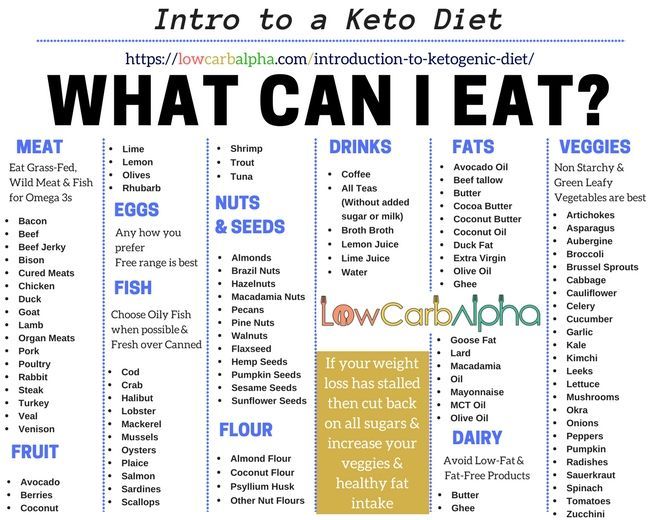
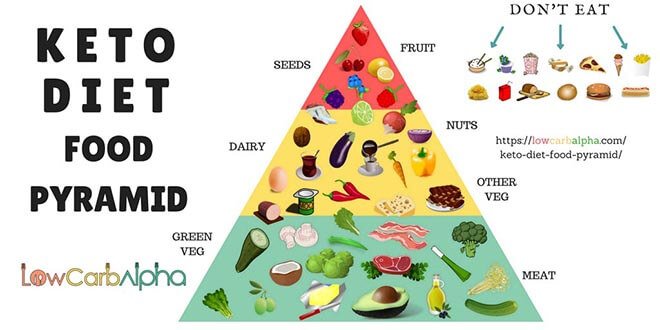
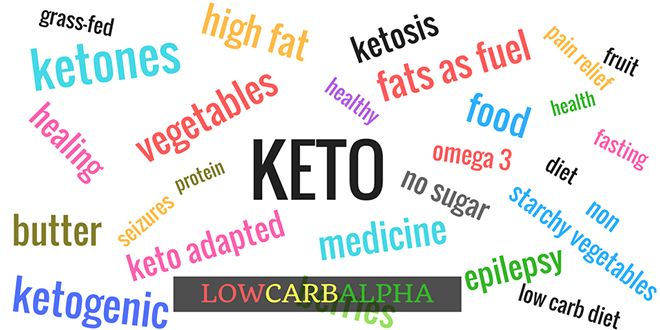
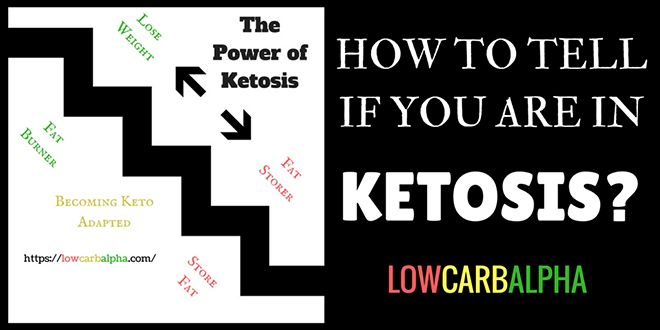
Hello!
I enjoy all your posts! This one especially-I always thought eating fruit would definitely throw me out of ketosis. I must say I most definitely miss fruit- apples, blueberries, bananas. True I would need more insulin (T1D), but that is the least.
I also do not eat red meat. So I never thought the Paleo diet would be appropriate for me. But now I see, as you explained, it can be a part of Ketogenic WOE. I think I might be able to eat fruit. Correct??? Thank you.
Hi Lori, Yes you can easily include plenty of fruits on a keto diet plan. We evolved over the years to eat meat, fruit, and veg with periods of fasting to control blood sugar naturally.
Eating fruit may temporally kick you out of ketosis but will return after a period without food.
Iam confused about honey. The Keto diet gives me the recipe for healthy bars that include honey.